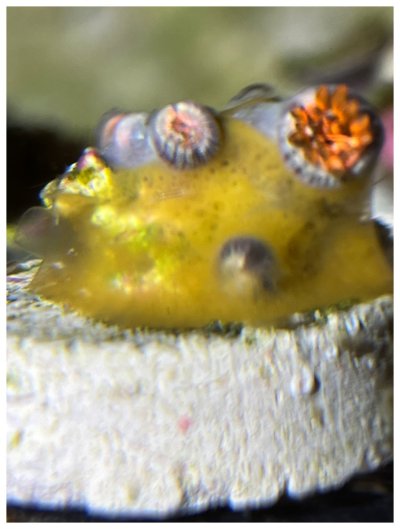3% peroxide is baby water
35% is man water you should score some at a natural foods market, don't get in the eye it will permanently blind, and do surgery over and over on all frags with it until you find a preventative. You can be the remover in the mean time
Lift frag, use a knife point to debride away the target rinsing in sw
Apply 35% dabbed on clean surfaces several times, rinse and put back over and over until you find a preventative.
Will acquire man-water immediately.



















